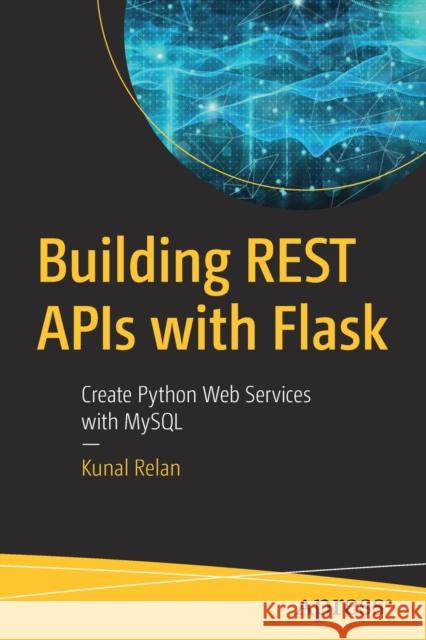Building Rest APIs with Flask: Create Python Web Services with MySQL » książka



Building Rest APIs with Flask: Create Python Web Services with MySQL
ISBN-13: 9781484250211 / Angielski / Miękka / 2019 / 199 str.
Building Rest APIs with Flask: Create Python Web Services with MySQL
ISBN-13: 9781484250211 / Angielski / Miękka / 2019 / 199 str.
(netto: 199,06 VAT: 5%)
Najniższa cena z 30 dni: 208,44
ok. 16-18 dni roboczych.
Darmowa dostawa!
Beg user level
Chapter 1: Beginning with Flask
Kunal Relan is an iOS security researcher and a full-stack developer with more than four years of experience in various fields of technology including network security, DevOps, cloud infrastructure, and application development working as a consultant with startups around the globe. He is an Alibaba Cloud MVP, and author of iOS Penetration Testing (Apress) and a variety of white papers. Kunal is a technology enthusiast and an active speaker. He regularly contributes to open source communities and writes articles for Digital Ocean and Alibaba Techshare.
Building REST APIs with Flask provides a primer on Flask, RESTful services, and working with pip to set up your virtual environment. The key differences between NoSQL and SQL are covered, and you are taught how to connect MySQL and Flask using SQLAlchemy. Author Kunal Relan presents best practices for creating REST APIs and guides you in structuring your app and testing REST endpoints. He teaches you how to set up authentication and render HTML using views. You learn how to write unit tests for your REST APIs, and understand mocks, assertions, and integration testing. You will know how to document your REST APIs, deploy your Flask application on all of the major cloud platforms, and debug and monitor your Flask application.
- Use MySQL to create Flask REST APIs
- Test REST endpoints
- Create CRUD endpoints with Flask and MySQL
- Deploy Flask on all of the major cloud platforms
- Monitor your Flask application
1997-2026 DolnySlask.com Agencja Internetowa
KrainaKsiazek.PL - Księgarnia Internetowa









